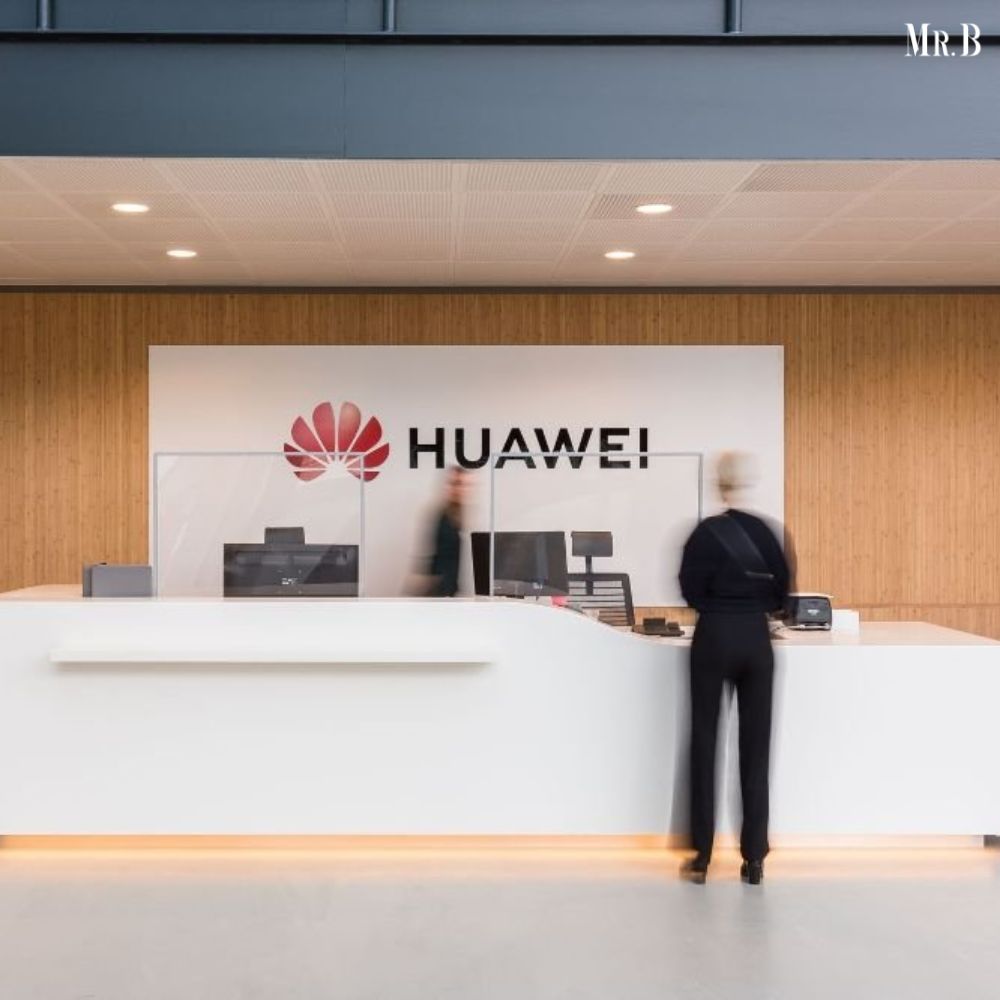Moore Threads Unveils GPU Competing with Nvidia’s CUDA
- Category: News

Chinese GPU manufacturer Moore Threads has introduced its latest graphics card, the MTT S4000, designed for AI and data center compute workloads. Boasting 48GB of video memory and 768GB/sec of video memory bandwidth per card, the S4000 utilizes the homegrown Moore Threads Unified System Architecture (MUSA), compatible with both x86 and Arm. While core count and frequency details remain undisclosed, the GPU achieves 25 TFLOPs of FP32 performance and 200 TOPs in INT8 capabilities. The company aims to compete with Nvidia by offering the “MUSIFY” tool, promising easy migration of CUDA code to the MTT S4000.
Moore Threads
Moore Threads has unveiled a “kilocard cluster,” featuring 1,000 GPUs, utilized by China’s Zhiyuan Research Institute to train a 70 billion parameter model in 33 days. The S4000 represents a significant improvement over its predecessors, offering over twice the FP32 performance, five times the INT8 performance, 50% more VRAM, and leveraging the second generation MUSA architecture. However, challenges persist due to Moore Threads being on the US entity list, limiting its market reach and potential impact on major US chipmakers.
New Tool for Users:
The MTT S4000 introduces the “MUSIFY” tool, offering an intriguing prospect for users familiar with Nvidia’s CUDA development environment. The tool promises a seamless migration of CUDA code to the MTT S4000, potentially attracting developers and organizations invested in Nvidia’s ecosystem. While it remains to be seen how widely this tool will be adopted, Moore is positioning itself as a viable alternative for those seeking competitive graphics solutions.
Notably, Moore Threads faces challenges in the global market due to its inclusion on the US entity list, restricting its access to US-based customers and major hyperscalers. This limitation may impact the widespread adoption of Moore Threads products in regions where it is subject to trade restrictions.
In addition to the individual GPU offering, Moore Threads has unveiled a “kilocard cluster” featuring 1,000 of its GPUs. This large-scale deployment is intended to demonstrate the scalability and potential of Moore Threads’ GPU technology. The collaboration with the Zhiyuan Research Institute further emphasizes the practical application of the GPU, showcasing its capabilities in training models with billions of parameters.
Positive Strategies:
While Moore faces challenges in penetrating certain markets, its technological advancements, competitive offerings, and strategic partnerships with Chinese companies like Lenovo indicate a commitment to making a notable impact in the GPU landscape. The evolving landscape of AI and data center computing will likely see increased competition and innovation from players like Moore Threads, contributing to the broader industry’s growth and development.







